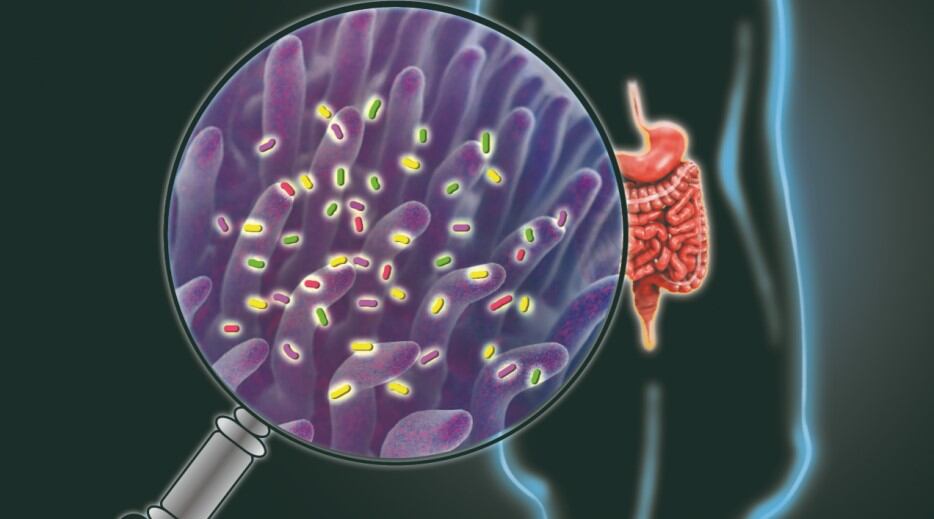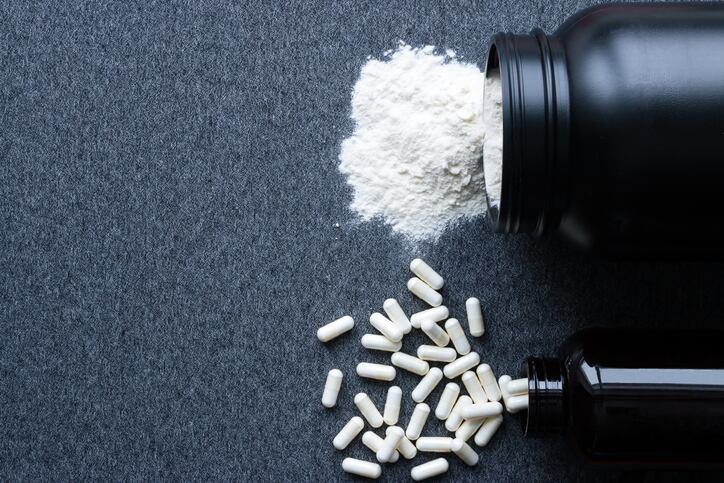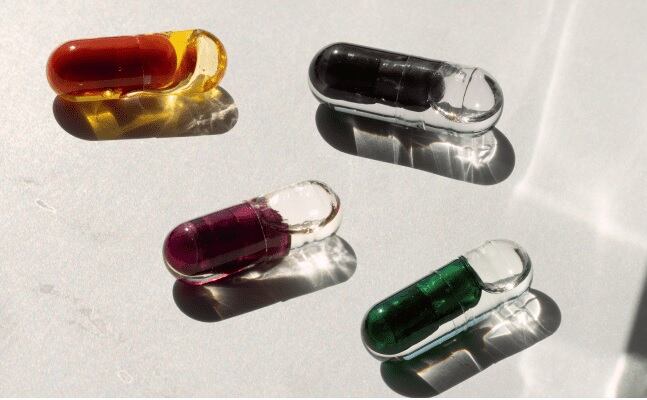By measuring levels of bile salt hydrolase in the gastrointestinal tract, the US-based team thinks that assessments can be accurately made about how severe inflammatory bowel diseases are.
In addition, the capsule could determine the efficacy of many commercially available probiotic supplements by testing levels of the enzyme, thought to be responsible for probiotic health benefits.
The team also think that the swallowable capsule could evaluate whether certain types of prebiotics can increase bile salt hydrolase levels in a similar way that probiotic supplements do.
“Our imaging tool is a bioluminescent probe in the form of a capsule,” Goun says. “When someone swallows it, it’s exposed to the intact gut microbiota while traveling throughout the harsh environment of a person’s entire gastrointestinal tract,” explains Elena Goun, an Associate Professor in the Department of Chemistry at the University of Missouri.
“After it passes out of the body, we can analyse a person’s stool sample. We can take the results from that analysis and correlate it with the amount of bile salt-hydrolase activity within the human gastrointestinal tract.”
BSH activity
Increased BSH activity in the gut via BSH-positive probiotics or faecal transplants has been shown to reduction inflammation and blood cholesterol levels as well as offer protection against colon cancer.
High BSH activity in probiotic strains is also important because this activity maximizes their survival in the hostile environment of the GI tract, resulting in enhanced beneficial effects.
In addition, increased BSH activity in faecal transplants has been linked to improved digestive functions, hypercholesterolemia, and Clostridium difficile infection.
Along with colleagues from University of Missouri, Swiss Federal Institute of Technology (EPFL) and Nestlé Institute of Health Sciences, Dr Goun and the team details the development of the novel optical tool based on ultrasensitive bioluminescent imaging.
The BSH-activatable luciferin” (BAL) probe used produces bioluminescent light proportional to the level of the BSH activity and underwent a series of experimental conditions to optimise its range.
This included its use in a pure enzyme setting, cultured bacteria, and mouse and human faecal samples, as well as for non-invasive imaging and quantification directly in vivo in both normal and altered physiological conditions (e.g., antibiotic/probiotic treatment).
“This is the first example of the use of bioluminescent imaging probes in humans,” Dr Goun adds.
“The gut microbiome plays a huge role in various health issues such as cancer, diabetes, obesity, Parkinson’s disease, depression and autism, and now, this new tool will help us better understand the relationship between the gut function and these diseases.
“In addition, it will allow us to develop more effective probiotics and prebiotics to improve gut health.”
Potent screening tool
The use of this capsule resulted in accurate measurements of BSH activity as a potential biomarker of gut inflammation, representing an effective screening tool for the identification of potent bacterial strains.
Writing in Scientific Advances, the team adds that the tool can be used for screening of existing and novel prebiotics that could significantly increase BSH activity of GI tract by causing the shift of specific bacterial taxa.
“Given the importance of BSH in human health, this novel method could also become a powerful tool for elucidation of the role of BSH-mediated bile acids (BA) deconjugation and the relationship of this process to long-term metabolic health in response to diet, drug therapies, or bacterial supplementation,” they write.
“In addition, the current applications of the novel BAL assay could be expanded further when used in combinations with novel bioluminescent imaging platforms.”
Source: Science Advances
Published online: DOI: 10.1126/sciadv.aaz9857
“Noninvasive imaging and quantification of bile salt hydrolase activity: From bacteria to humans.”
Authors: Pavlo Khodakivsky et al.



